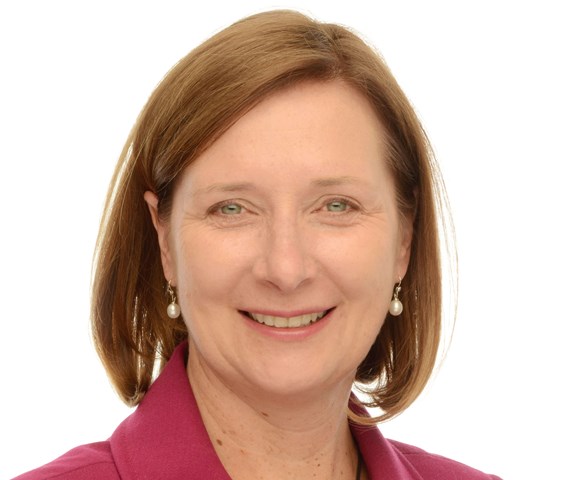By Sarah Downey
I have a passionate belief that hospitals need to do more than treat sick people (and deliver babies). Hospitals reside in real communities, serve and employ its neighbours, fundraise locally, and have adapted over years to changing needs. We all need to care about the health of our communities.
There are many approaches required to measure and qualify the health of those we serve. First we pull up health indicators such as birth, premature mortality and smoking rates. We also look at system level indicators like cancer screening, access to family doctors and Emergency Department usage. We also look at socio-economic statistics that bear the most weight on the health of a community – like income, education, housing, and immigration. For many years, we have published a profile of our community on our website.
In addition to the numbers, it’s important to capture the stories and struggles of those we serve. We, do this in a variety of ways from Patient Experience Panels, Community Advisory Council, Patient Video Program and by incorporating patient stories into daily huddles on units. We have an inventory of 1,950 stories from patients and their families collected over three years.
It was this deeply held belief that led us to our new vision to: Create Health. Build Community. This new vision is an explicit recognition of the need to shift in direction for this hospital and local health system.
In recognition of the more expansive role of a hospital in our community and a large philanthropic gift, we renamed ourselves from the Toronto East General Hospital to the Toronto East Health Network. And, to recognize the generosity of the Garron Family who donated $50M to our cause we renamed the hospital at the heart of the Network, the Michael Garron Hospital in memory of their son who died of cancer.
Across the Toronto East Health Network, we serve 22 distinct neighbourhoods, totaling 400,000 residents. While the overall population is not growing, its inequities are. Elevated rates of chronic disease, premature mortality and mental health and addiction challenges are predominant in a diverse population comprised of 40 per cent immigrants and many newcomers who speak over 50 languages. We serve one neighborhood with incredibly high birth rate where the neighbourhood beside it has a high proportion of isolated seniors. “The Hospital Care for All Report” published by the Centre for Urban Health Solutions in 2012, in fact, identified Michael Garron Hospital as serving the largest proportion of low income patients relative to high when compared to all other Toronto Central Local Health Integration Network (LHIN) hospitals.
It is clear. In order to help improve the lives and health of those in our community, not just treat their illnesses, the hospital cannot do it alone. We must work outside our walls and with our partners in health care and beyond, to improve underlying economic and social inequities. And, as hospitals, we need to be seen as enablers of population health and community building. Two large community housing complexes in our catchment area result in 4400 visits annually to our emergency room – that’s one person every two hours. It is clear an inspectoral approach is needed.
As one example, noticing an increase in patients’ with hepatitis C virus (HCV), Michael Garron Hospital set up a HCV clinic within the hospital. The intent was to help patients improve access to anti-viral medications in hopes of curing their HCV, improving their health and preventing hospitalization. However, the traditional structure of a hospital-based clinic didn’t work well. The patients were some of the most marginalized in our community. Many had substance abuse challenges, underlying mental health conditions or were under-housed. Many had all of the above. These are the statistics that don’t get captured in a funding formula or aggregate statistics. A unique program had to be developed for these people. In this case, the South Riverdale Community Health Centre, Regent Park Community Health Centre and Sherbourne Health Centre had the counseling services, housing workers, peer support services and primary care that these people were looking for. They just needed infectious disease medical services to complete the package. And so the Toronto Community Hepatitis C Program was born.
Some of our more recent work has been as a hospital resources partner for the East Toronto Sub-Region to advance the work of Ontario’s Patient First Act in improving access to primary care and connections in the community. One of their first initiatives was to develop comprehensive maps that show hotspots – areas with concentrated populations at risk of higher emergency department utilization and/or limited primary care. Based on these maps, the group then began working directly with providers in the area to work on team-based solutions tailored to the stories and needs of the community.
MGH is committed to working with community members and partners to understand the stories and underlying issues that need to be addressed in order to deliver excellent care and improve people’s overall health and well-being. We will however need policy and funding to recognize this too. Only then will we be able to create the equitable health care system we all want. Only then will we be able to create health and build community.
Sarah Downey is President & CEO at Michael Garron Hospital.


